A Chimney Piece
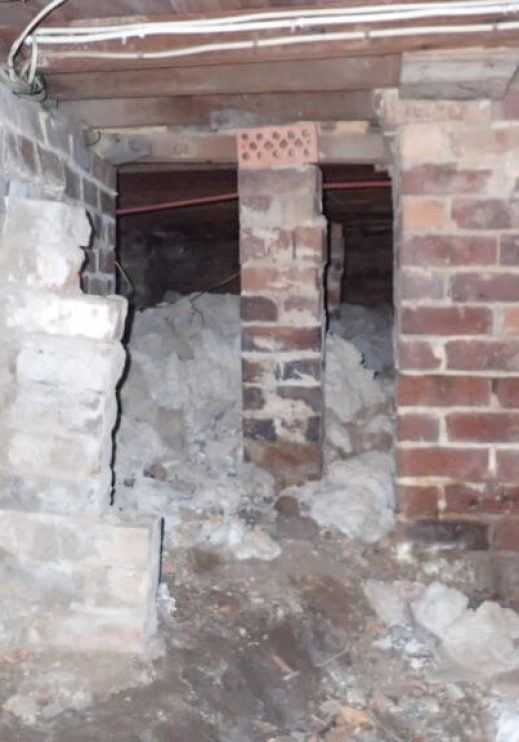
During a Pre-Purchase Inspection it is not practical to test how well a chimney “draws” the smoke from the fireplace but some rules of thumb include:
- smoke staining around the fireplace is not a good sign
- downdraft winds may affect chimneys with tops terminated close to or below adjacent roof levels
- overly high chimneys can restrict smoke making it to the top.
Water penetration is the most common “issue” and it is worth knowing about and monitoring the chimney tray, the chimney flashing and chimney pots or caps.
Chimney tray
The tray is built into the brickwork of the chimney at roof level to prevent rainwater running down the inside of the chimney and soaking down (falling damp) through the chimney masonry itself. The tray in many older chimneys is galvanized iron, which corrodes. Corroded trays may allow water to soak below the ceiling level and cause moisture problems inside the house, usually staining, paint blistering and render deterioration on the chimney breast. A chimney must be demolished to replace a corroded tray. It is important to install weepholes in the course of bricks above the tray so collected water is directed outside (over the flashing). Of course, many chimneys are not required these days and are simply demolished, but you should check there are no heritage rules that prevent removal.
Chimney flashing
Flashing is installed at the interfaces between the chimney and roof to prevent surface water penetrating to the interior. Flashings are usually of lead sheet* which deteriorates slowly. The majority of chimneys have flashings that have been patched and sealed over many years. If the time has come to replace the flashing it should be with a lead free flexible flashing or metal. Do not replace the flashing without knowing the condition of the tray. Flashing consists of under flashing, which turns up the chimney masonry a minimum of 100mm and laps over the roof surface approximately 150mm (except on the high side where the back flashing must be supported and run under the roof to form a gutter). Over flashing is then installed. It is turned into the mortar a minimum of 15mm and is wedged/sealed in the joints. The over flashing is turned down to lap the under flashing by at least 75mm. *Lead is no longer permitted for use on roofs especially if rainwater drains to a storage tank *Lead will cause zincalume to corrode prematurely when used upstream
Chimney pots or caps
Every masonry chimney should be terminated to protect the chimney masonry and prevent bird/rodent/possum entry. Caps or pots should be periodically inspected to make sure they are secure and the apertures not obstructed by debris/nesting materials. Many chimneys are converted for use with combustion or gas heaters by fitting metal flues. The chimney cap should not prevent expansion and contraction of metal flues. Silicone seal any gap between the cap and flue to minimise water entry. This seal should be inspected regularly and resealed when necessary.
Finally
Just as it is difficult to determine whether a chimney ‘draws’ well during a Pre-Purchase Inspection, it is equally difficult to know which chimneys Santa Cause can slide down. We have it on good authority that, if he’s heard the children of the household have been well behaved all year and there is Christmas cake and a drink on the mantle piece, there’s not a chimney built that Santa Clause can’t slide down.
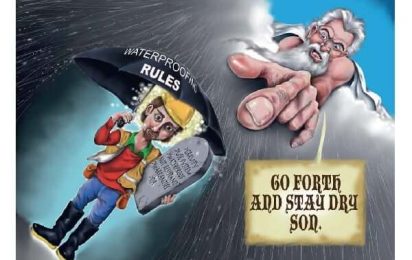
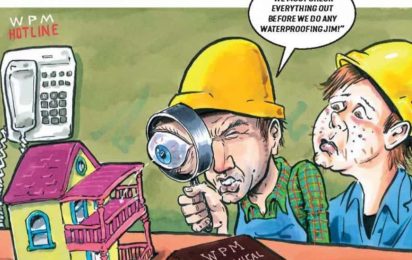
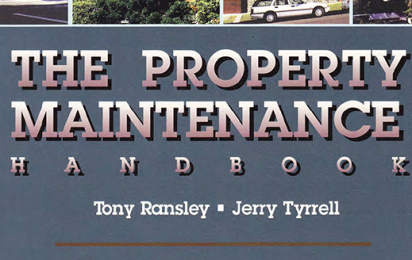
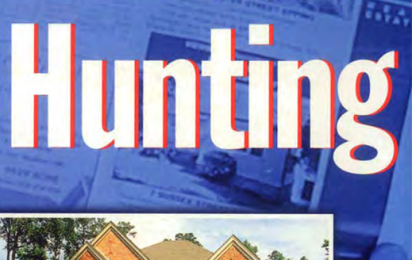
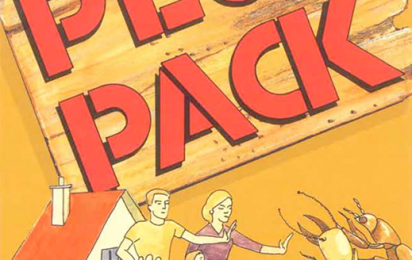
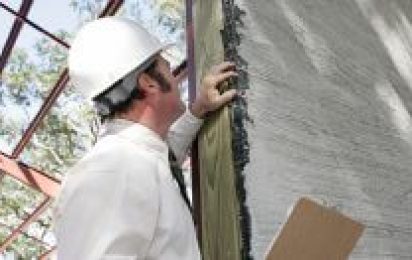
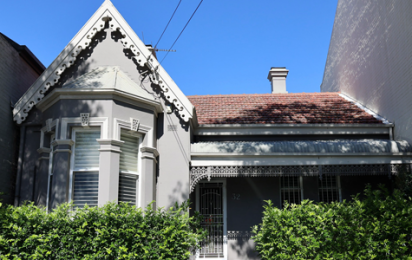
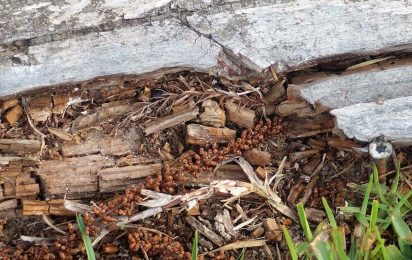
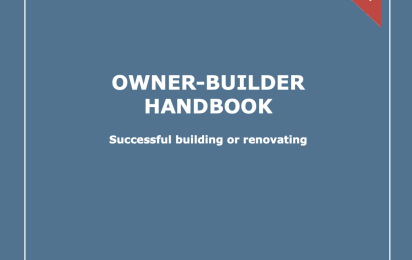
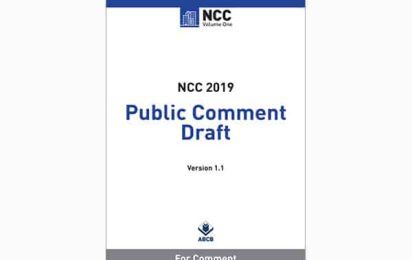
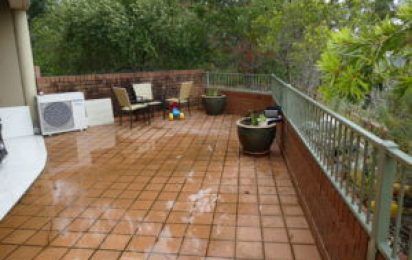
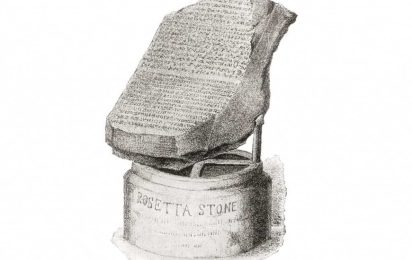
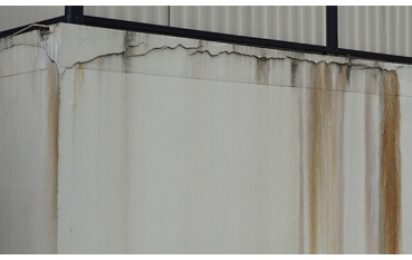
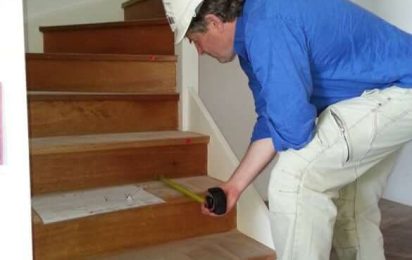
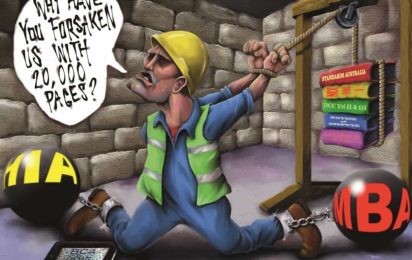
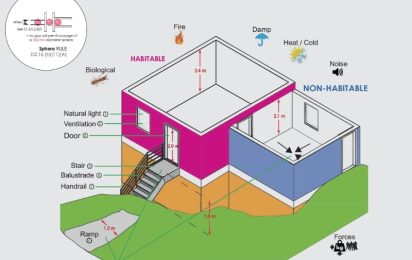
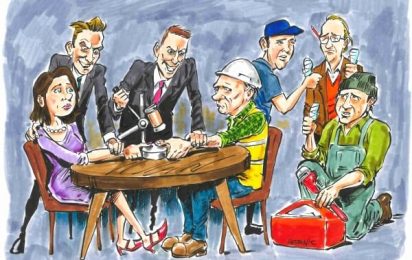
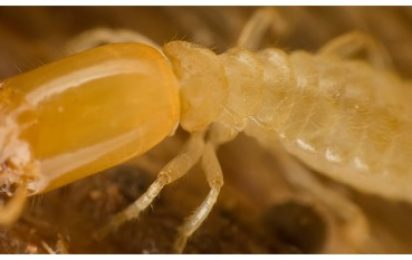
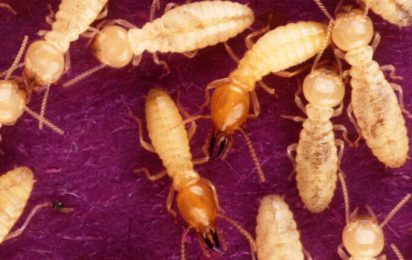



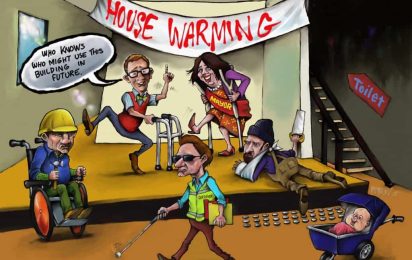
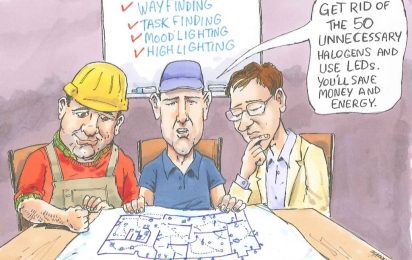
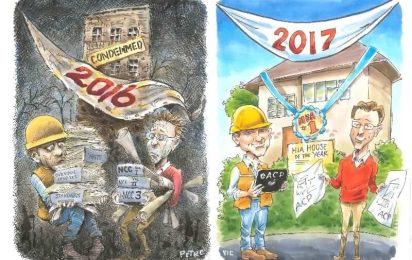
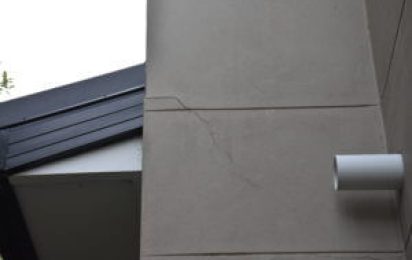

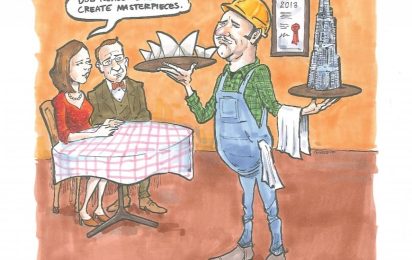
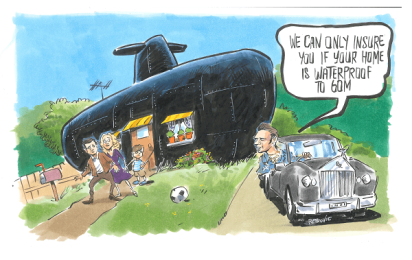
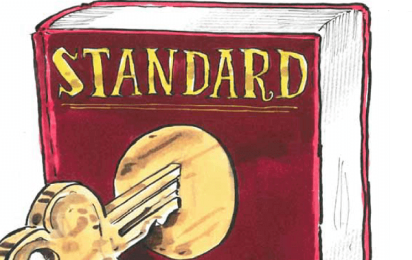
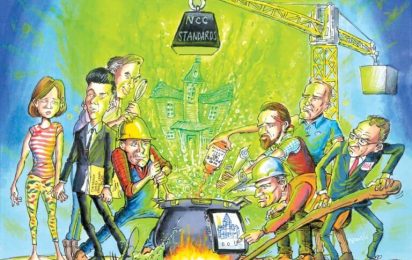
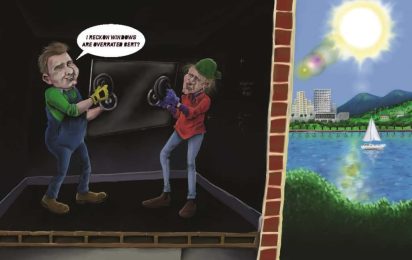
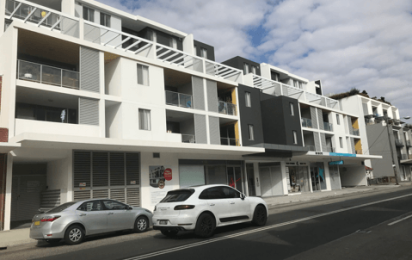
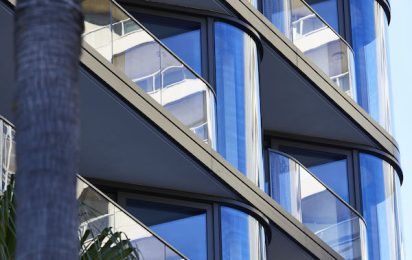
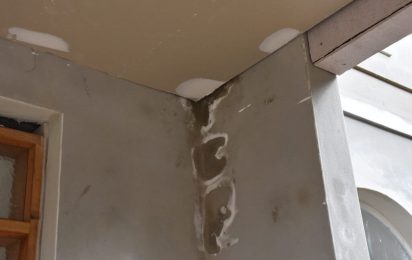
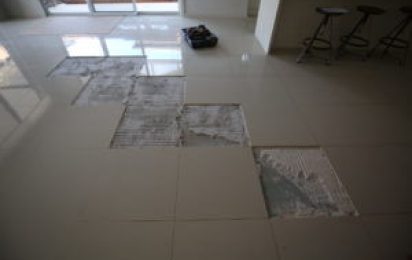
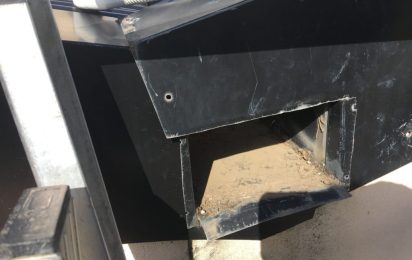
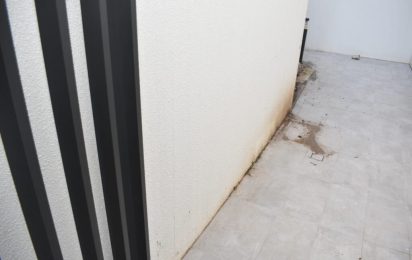
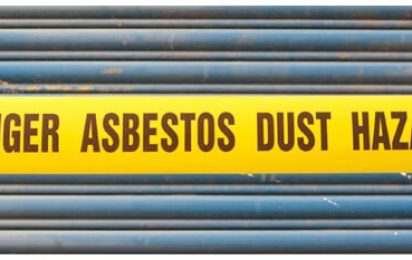
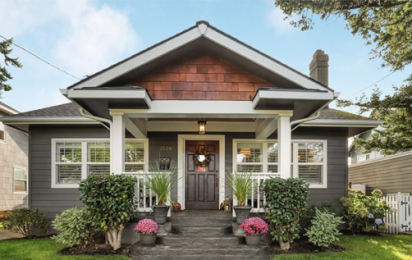
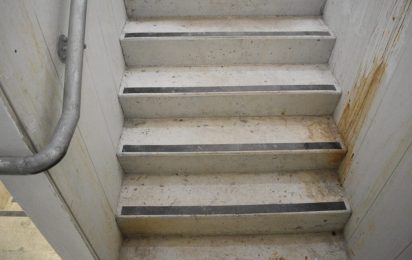
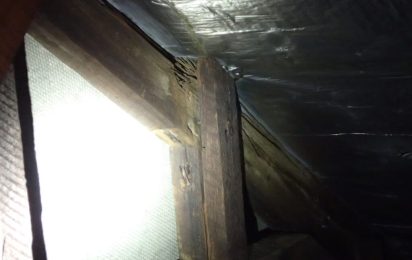
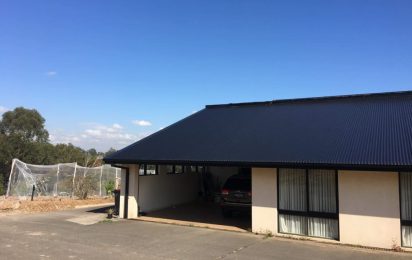

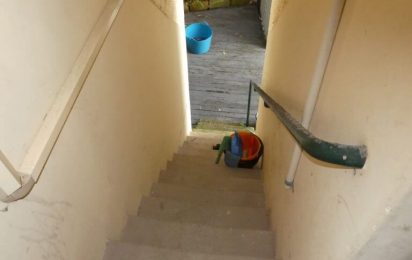
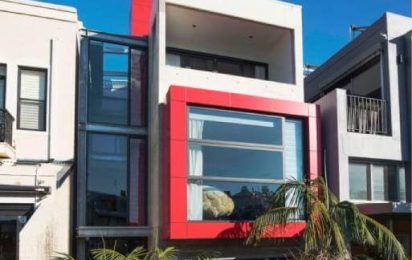
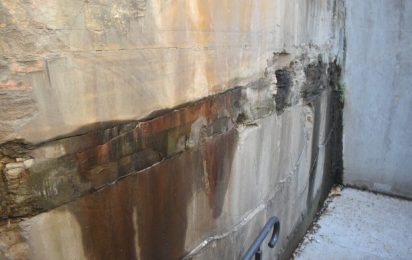
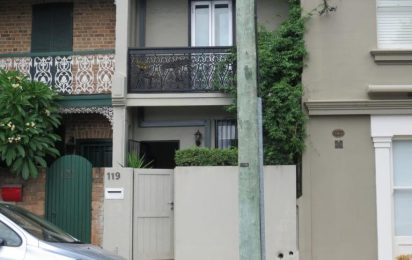
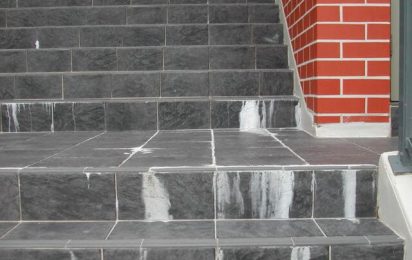
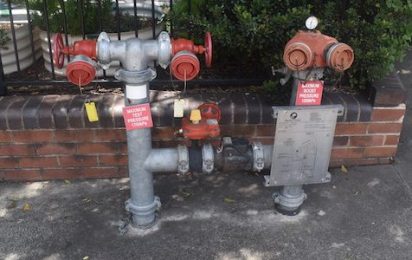

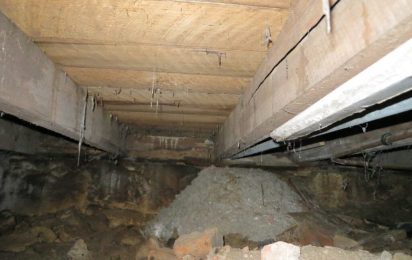
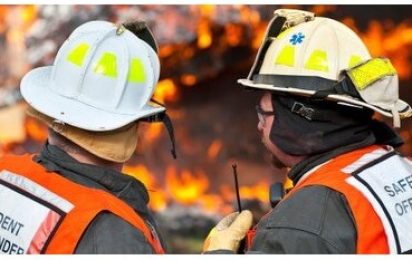
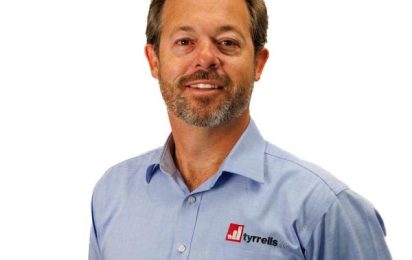
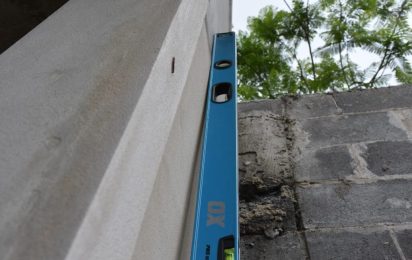

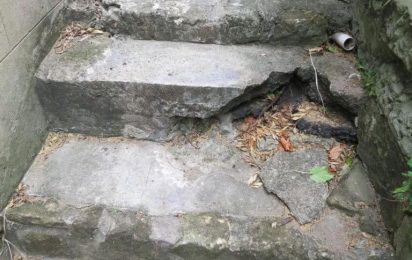
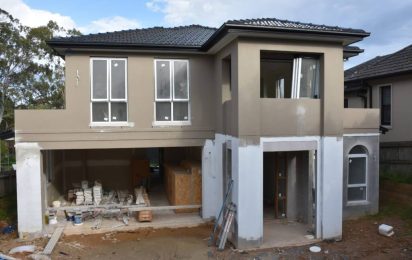
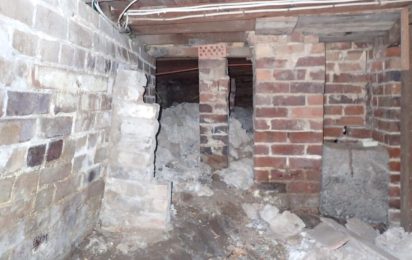
 Back to publication
Back to publication
